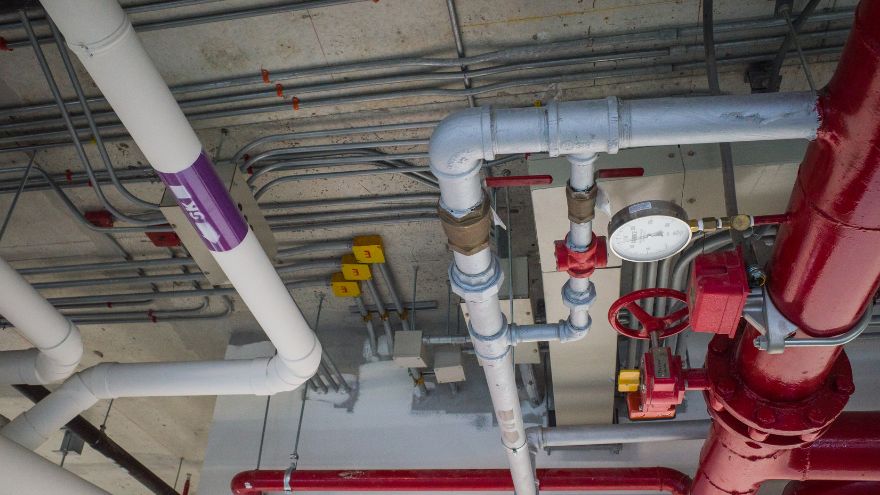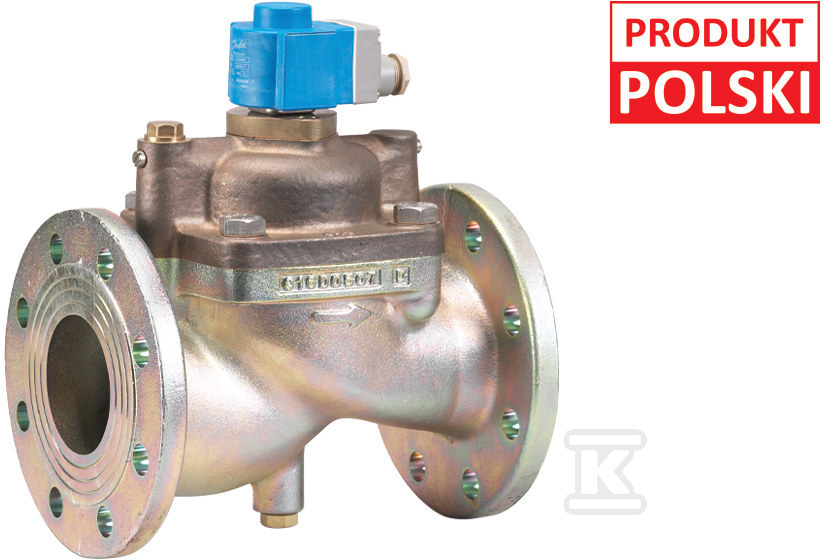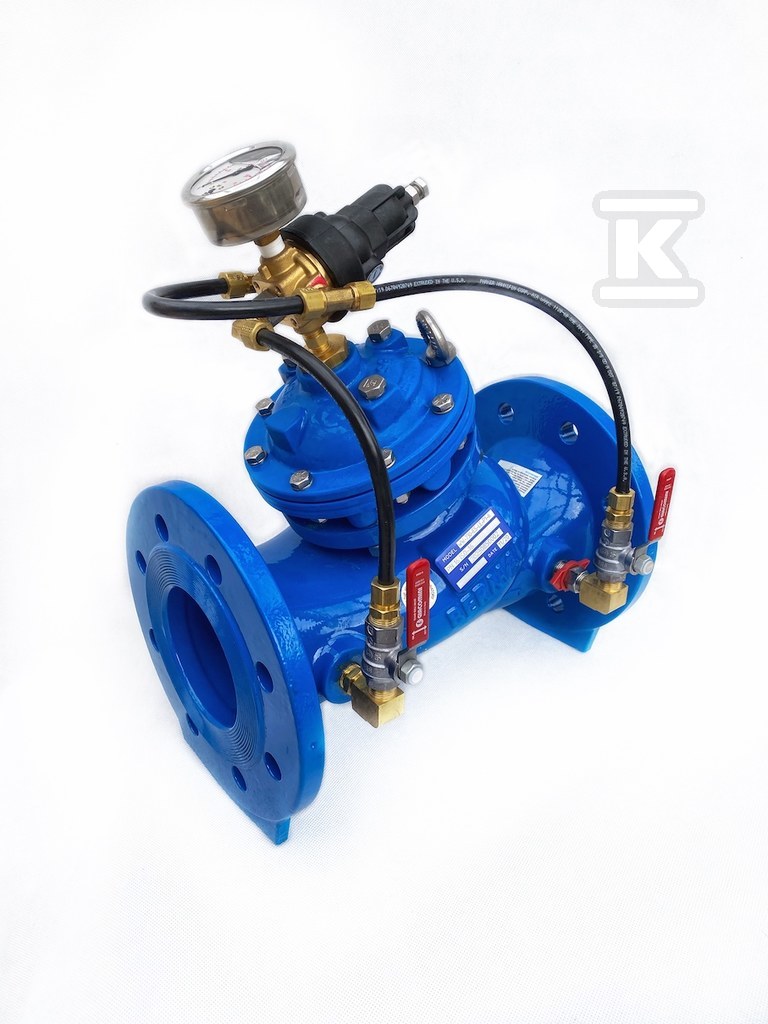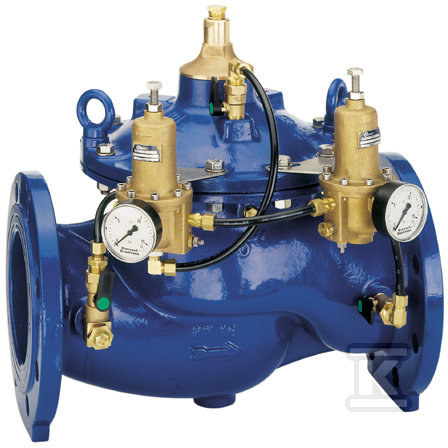Sprinkler systems are among the most popular fixed water extinguishing devices. They are characterized by high efficiency and versatility of applications. However, it should be remembered that the decisive influence on the efficiency of the sprinkler system is its correct design. The process of designing sprinkler systems in Poland can take place according to one of several leading standards - depending on the requirements of a specific space. People designing fire protection and fire protection very often work according to the Polish Standard PN-EN 12845+A2:2010. Learn how to design a sprinkler system in accordance with the PN-EN 12845 standard, avoiding the most common mistakes.

Check fire protection at the Onninen wholesaler
What does the PN-EN 12845 standard actually regulate?
The PN-EN 12845 standard, or correctly: Polish Standard PN-EN 12845+A2:2010 "Fixed firefighting systems - Automatic sprinkler systems - Design, installation and maintenance" is one of the leading standards for the design of sprinkler systems. The document contains guidelines for the design, construction, extension, modification and maintenance of sprinkler systems (fixed firefighting systems).
 They are used in most buildings. Only specialists designing complex fire protection systems for buildings with a very high fire hazard more often refer to VdS guidelines and the NFPA 13 standard, which allow for more detailed hydraulic calculations.
They are used in most buildings. Only specialists designing complex fire protection systems for buildings with a very high fire hazard more often refer to VdS guidelines and the NFPA 13 standard, which allow for more detailed hydraulic calculations.
However, it is a mistake to apply this standard to the design of sprinkler systems and automatic sprinkler devices on ships, aircraft, cars and mobile devices, as well as for underground systems. In addition, the standard recommends that work related to the design, installation and maintenance of sprinkler devices should only be carried out by a qualified and experienced team.
What intensity should fire sprinklers have?
 Sprinkler intensity is a parameter defining the minimum amount of water (mm/min.), according to which the sprinkler system is designed. This parameter is closely related to the calculated area of action, i.e. the maximum area for which it is assumed that the sprinklers located above it will operate in the event of a fire. The following are taken into account in the hydraulic calculation process:
Sprinkler intensity is a parameter defining the minimum amount of water (mm/min.), according to which the sprinkler system is designed. This parameter is closely related to the calculated area of action, i.e. the maximum area for which it is assumed that the sprinklers located above it will operate in the event of a fire. The following are taken into account in the hydraulic calculation process:
- type and height of the object,
- the nature, manner and height of the materials stored,
- type of sprinkler device (water, air, mixed).
The sprinkler intensity is calculated by dividing the water output from a given group of sprinklers (l/min.) by the area protected by these sprinklers (m2).
Area of operation of fire sprinklers
The calculated action area is the maximum area that the sprinklers will operate in the event of a fire. This value is in the range of 84-325 m2. As mentioned in the paragraph above, the intensity of spraying and the calculated action area are closely related. Both parameters are used to determine the amount of water used by the sprinkler system.
How much area should one sprinkler protect?
Each sprinkler system is characterized by another parameter: the maximum area protected by one sprinkler. This refers to the area directly under the sprinkler, on which it is necessary to maintain the appropriate spray intensity (adapted to the fire hazard class, and there are three main fire hazard classes). Determining the maximum area protected by the sprinkler is necessary to determine the optimal sprinkler spacing in the section. The Polish Standard PN-EN 12845 (like other popular standards) provides specific values here. The maximum area protected by one sprinkler cannot exceed 21 m2. It is worth knowing that the tool intended for designing sprinkler systems is the LIFEcad application. It provides, among other things, automatic sprinkler spacing in the array, adapted to the specifics of a given project.
 The Polish Standard PN-EN 12845 describes the conditions that must be met when designing a sprinkler system. It is used in the case of securing standard and less demanding spaces. For those who are just starting their adventure with sprinkler system design, the German VdS CEA 4001 guidelines may be clearer and more helpful. They allow for simpler selection of parameters. In the case of high fire hazard, the American standard NFPA 13 offers comprehensive solutions.
The Polish Standard PN-EN 12845 describes the conditions that must be met when designing a sprinkler system. It is used in the case of securing standard and less demanding spaces. For those who are just starting their adventure with sprinkler system design, the German VdS CEA 4001 guidelines may be clearer and more helpful. They allow for simpler selection of parameters. In the case of high fire hazard, the American standard NFPA 13 offers comprehensive solutions.
We encourage fire protection and fire protection installers and other specialists to familiarize themselves with our wholesale offer. Our assortment includes, among others, fire system control panels , gas detectors, home fire protection, fire protection systems, hydrants, measuring devices, switchboards, cabinets, fire protection casings and boxes, emergency and evacuation switches and all the elements on which an effective fire protection installation is based. Onninen consultants provide product and technical support.